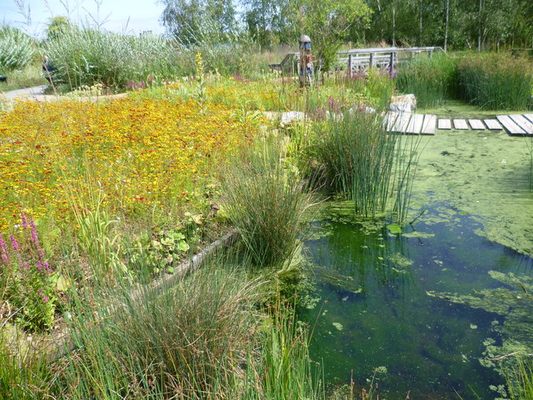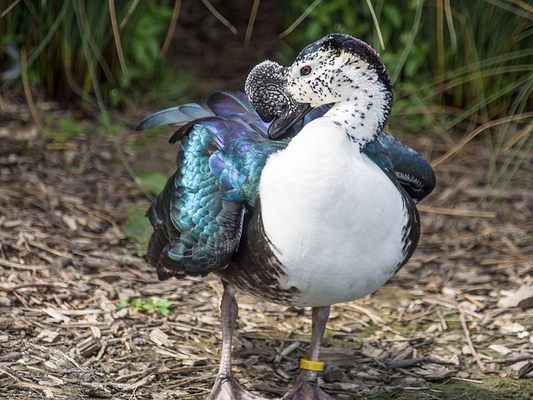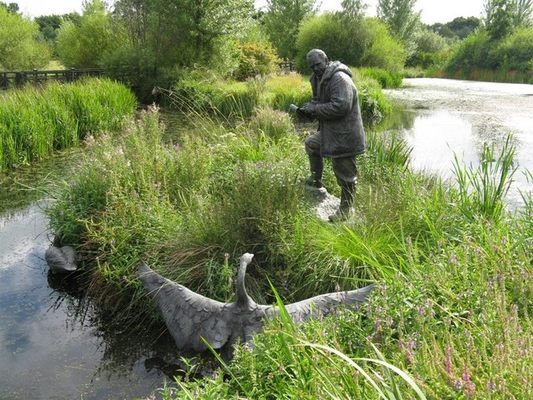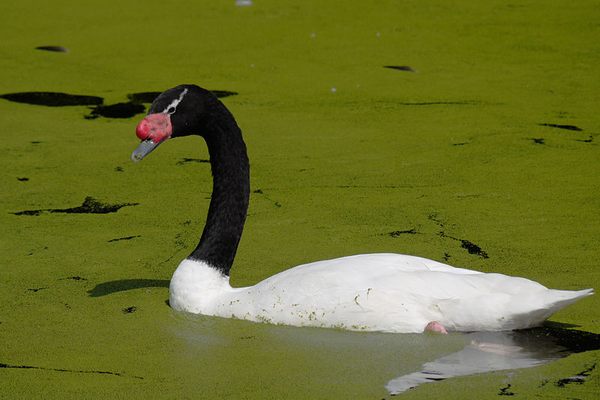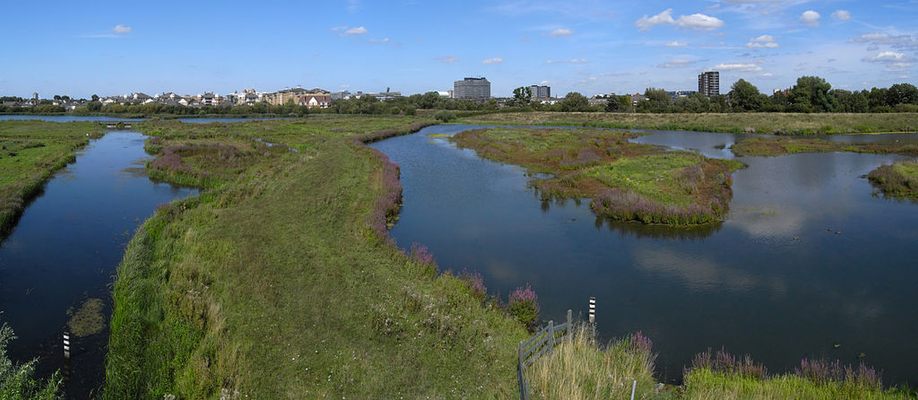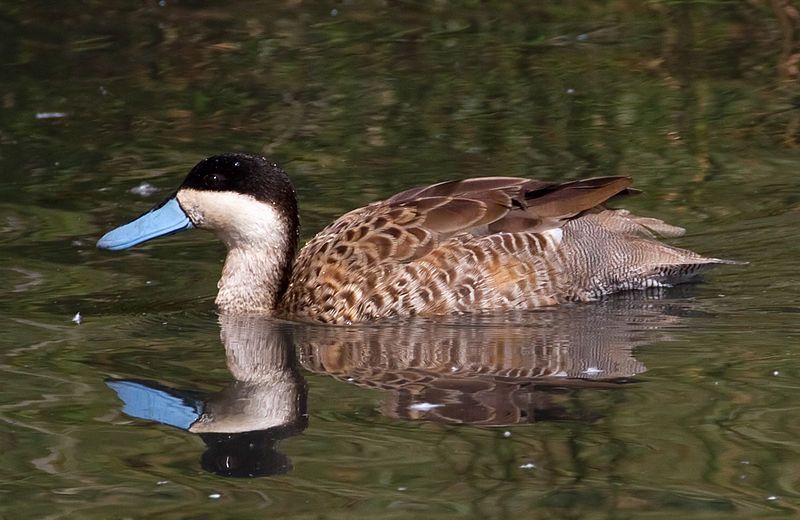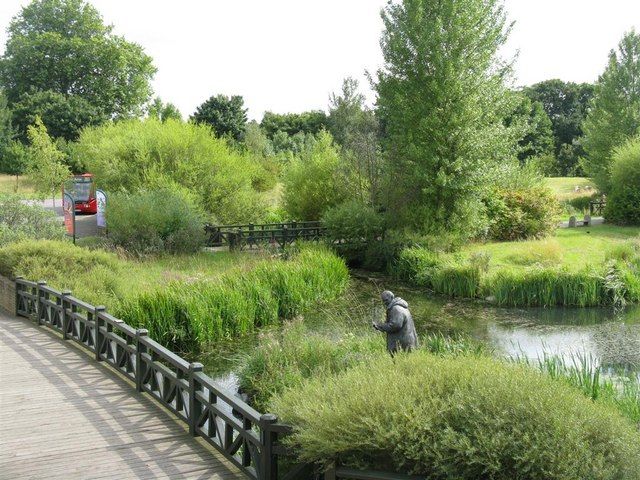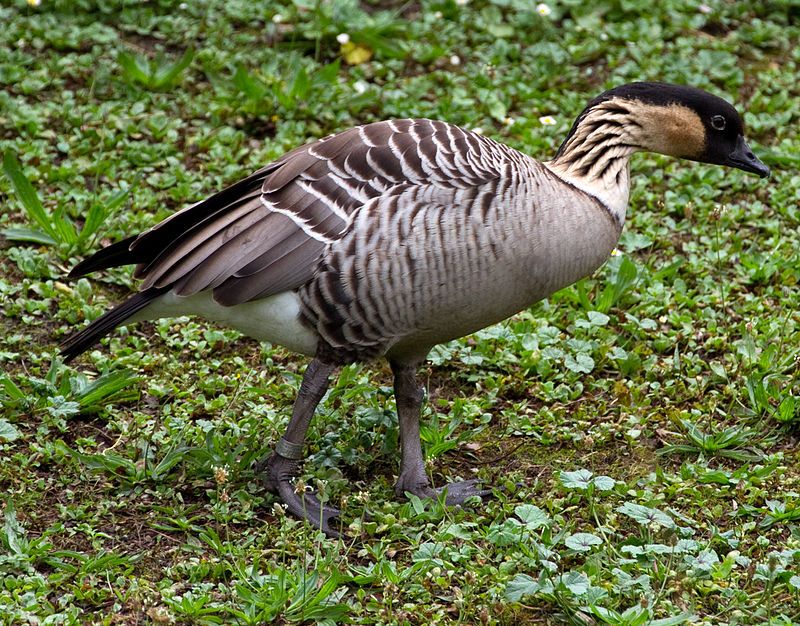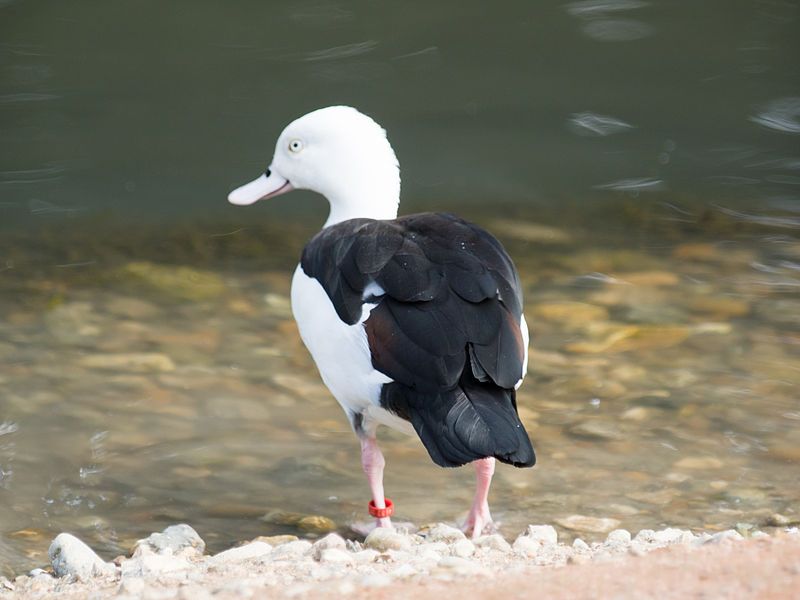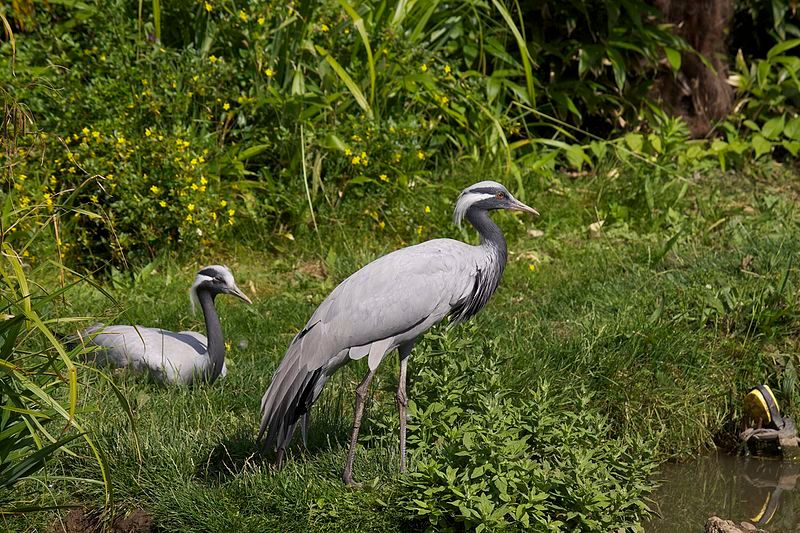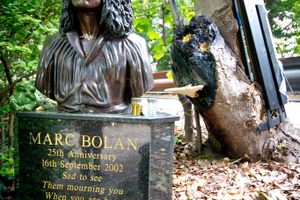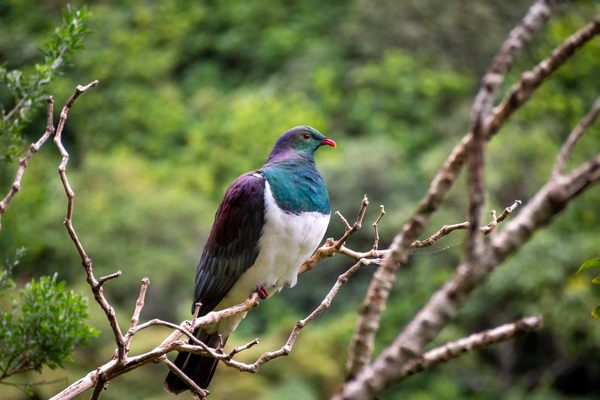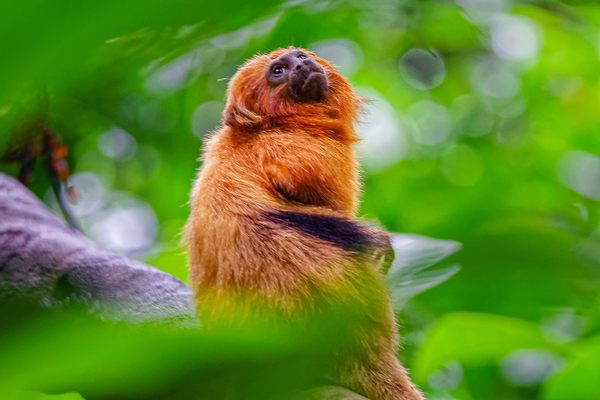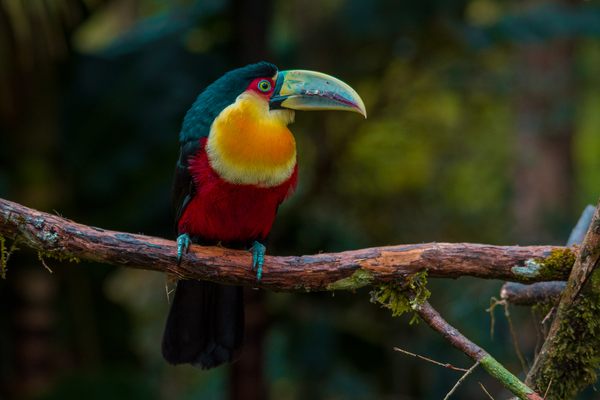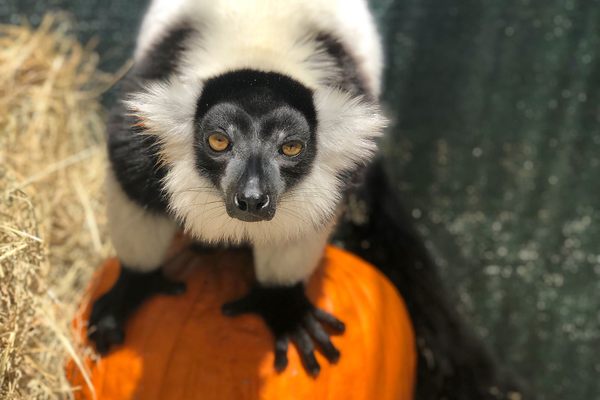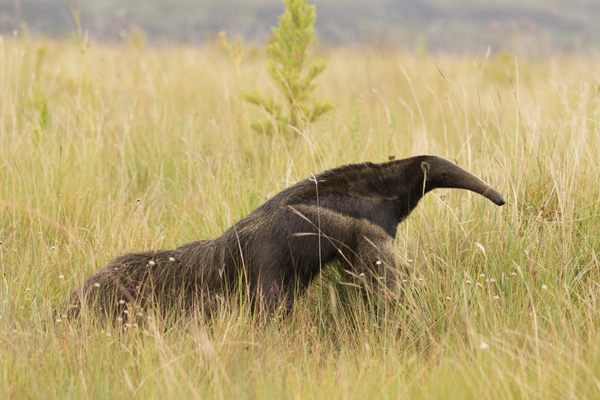About
Opened in 2001 along four Victorian-era reservoirs on the Thames, this wetland reserve has since become one of the most popular green spaces in London, offering a place to get away from the stress of the city to engage with the natural world.
The WWT (Wildfowl and Wetland Trust) of London repurposed the disused reservoirs as a nature reserve landscaped specifically for wildfowl and other wetland animals. Visitors can observe a variety of native wild bird species, such as kingfishers, woodpeckers, sparrowhawks, grebes, ducks, swans, and lapwings. Harder (although not impossible) to see are rare bird species such as the bittern and water rail, and mammals like the water vole.
Some exotic wildfowl are also kept at the reserve in spacious and well-planted enclosures for captive breeding, including many species of cranes, ducks, geese, and swans native to South America, Asia, Australia, and other parts of the world. Along with the birds there's a pair of captive Asian short-clawed otters, which are entertaining to watch as they frolic around their enclosure.
The WWT was founded in 1946 by the ornithologist and conservationist Sir Peter Scott, the son of the famous and ill-fated polar explorer Captain Robert Scott. The younger Scott had been an avid hunter of wildfowl during his youth, but his enthusiasm for hunting was to change in the 1930s after witnessing an injured greylag goose that he had shot and wounded during a hunting trip. Scott was apparently so moved by the suffering of this bird that he hung up his gun and became a conservationist, using the fortune he had inherited to create several reserves and captive breeding centers open to the public during the late 1940s and '50s. He was later to become one of the founders of the famous World Wide Fund for Nature.
Related Tags
Know Before You Go
The WWT London Wetland Centre is open from 9:30 a.m. to 5:30 p.m. every day except Christmas Day. The entrance fee is £13 for adults and £8.70 for children. The center can be reached by public transport by taking the train at Waterloo station to Barnes rail station. From Barnes, the reserve is just a 10-minutes walk away.
Published
January 23, 2019
